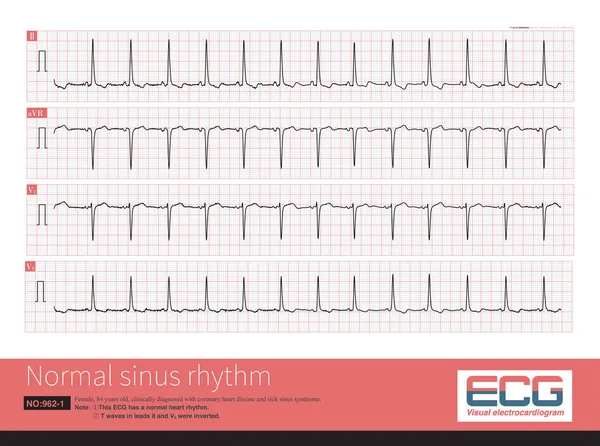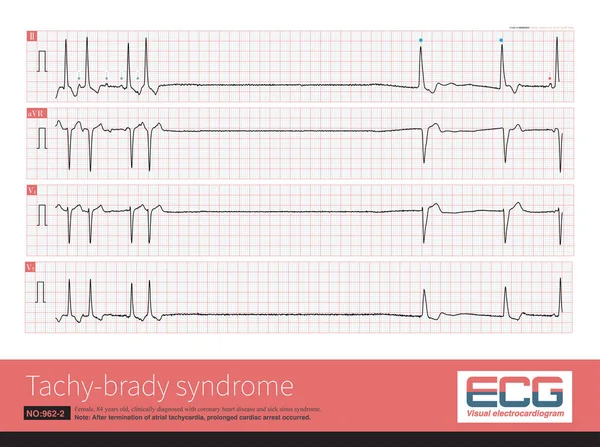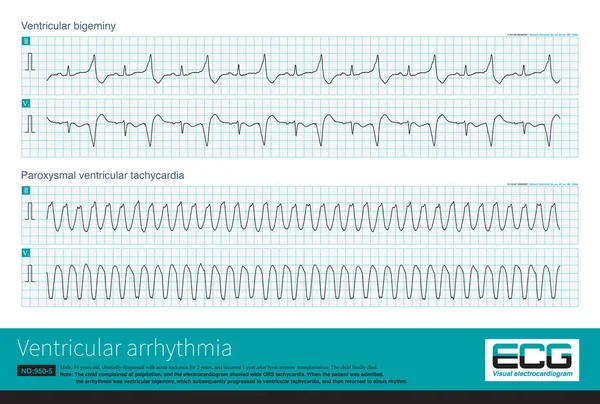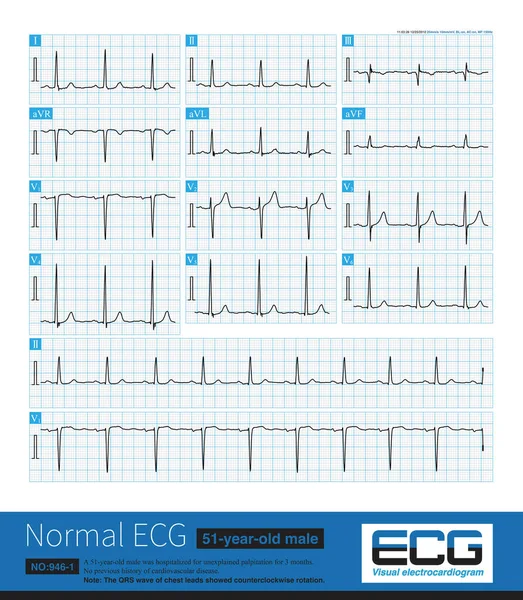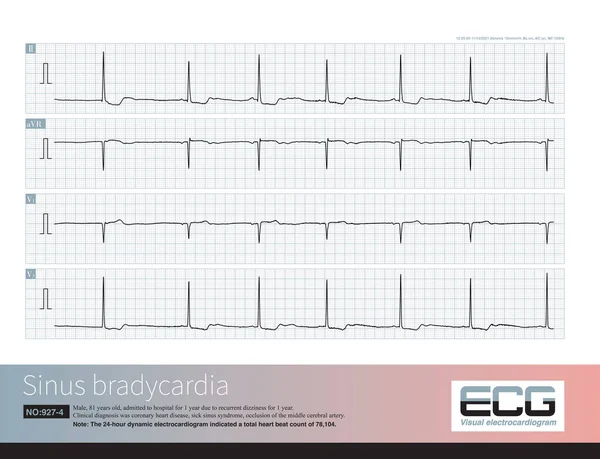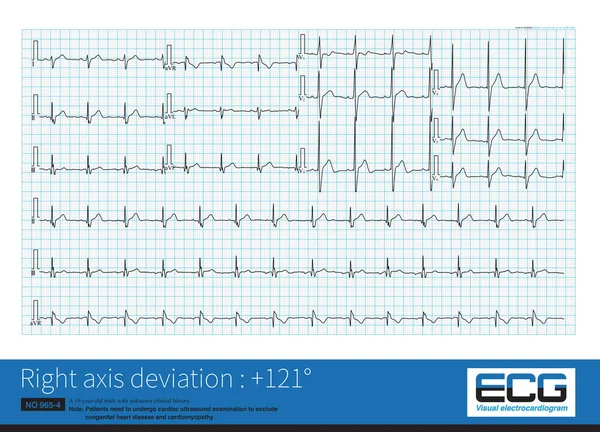Stock image When sinoatrial node pacemaker cells are dysfunctional, one atrial premature contraction can significantly inhibit the function of sinoatrial node, resulting in a long PP interval.
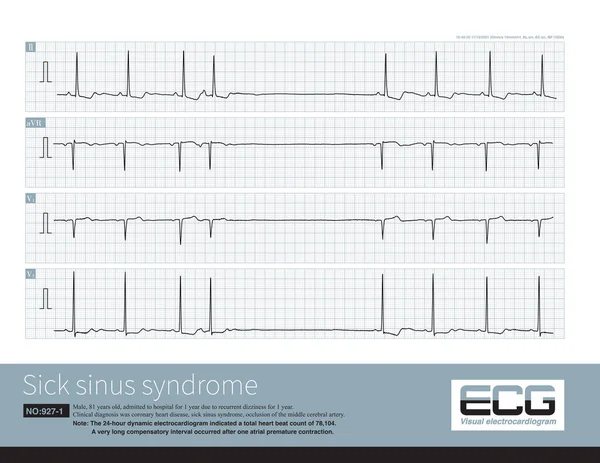
Published: May.16, 2023 12:31:00
Author: asia11m
Views: 8
Downloads: 0
File type: image / jpg
File size: 20.06 MB
Orginal size: 10000 x 7733 px
Available sizes:
Level: beginner

